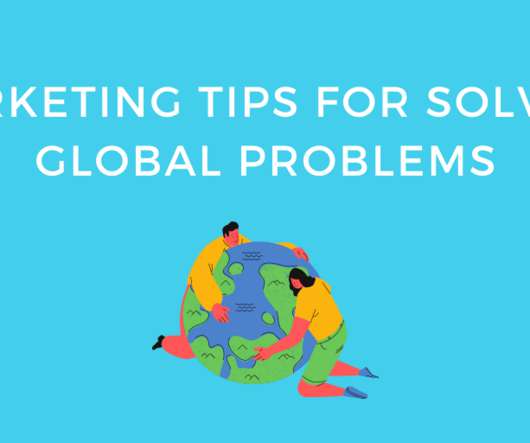Unlikely Advocates: Worker Co-ops, Grassroots Organizing, and Public Policy
NonProfit Quarterly
AUGUST 8, 2023
Up to this point, legislation for most worker co-ops was not a priority; federal policy wasn’t even a pipe dream. Public policy wasn’t really a part of our culture. Why Prioritize Public Policy and Advocacy? What we have here is the kernel of a potent agenda for “non-reformist reforms.” Until it was.















Let's personalize your content